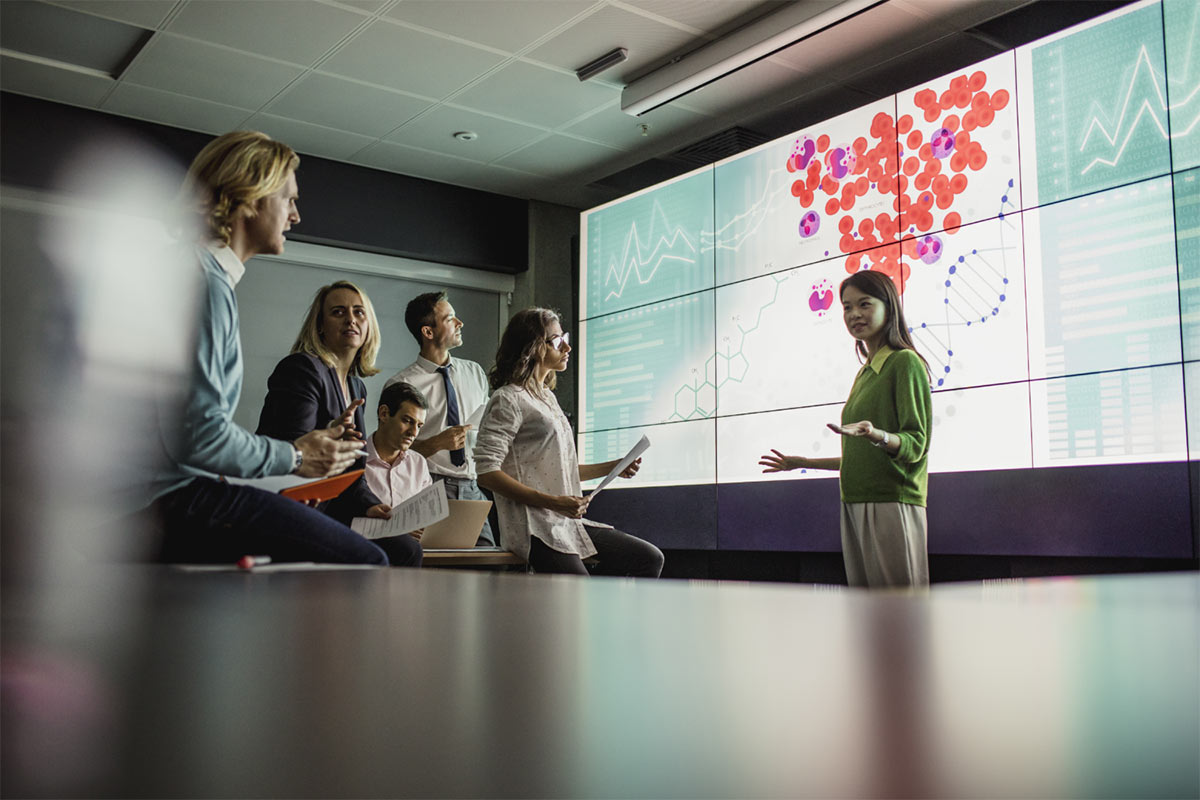Artificial intelligence is quite a touchy subject lately. Either everyone’s scared about it taking their jobs away due to work automation, or they’re imagining a scenario similar to science fiction with AI taking over the world. However, there’s something that ought to be discussed and appreciate more about artificial intelligence, and that is how AI can actually help improve the world’s most difficult challenges.
There are already various applications of AI in the private sector, but there is also untapped potential for AI in public service. Here is a glimpse at how artificial intelligence and machine learning can help solve various challenges that governments around the world face.
Healthcare
When it comes to quickly and efficiently trawling through huge amounts of data, nothing can beat artificial intelligence. It’s a tireless job that requires accuracy, but thanks to modern breakthroughs in machine learning algorithms, AI can “learn” within the parameters it’s programmed with. It’s no wonder that AI is widely being used in healthcare, helping scientists, doctors and researchers pore over voluminous amounts of research information in order to gain a much better understanding of certain deadly diseases, as well as to pave the way to developing cures and vaccines for the public.
One such development involves a groundbreaking discovery related to the degenerative disease amyotrophic lateral sclerosis or ALS. Through the collaboration of the Barrow Neurological Institute and the artificial intelligence company IBM Watson Health, the AI solution known as IBM Watson was able to identify new genes linked to the disease. This newly discovered information would go on to provide ALS researchers the much-needed insight they need to possibly break through with a cure.
Besides helping out with research, artificial intelligence can also help in making healthcare more affordable for the public. By analyzing patient records and medical histories, along with the hospital’s own extensive database of medical procedure success rates and doctor performance records, an AI solution can recommend a treatment path for patients that involves only the procedures they actually need, performed by the surgeon or physician with the best success rates. This will ultimately speed up recovery for the patient, reduce repeated visits as well as eliminate possible complications, which ultimately lowers cost.
Transportation
Another public service challenge that would benefit from artificial intelligence is transportation. Not only will AI make traveling efficient, but also much safer. The common commuter exposes themselves to so much risk by traveling by road – when 1.3 million people die due to road crashes every year, an average of about 3,287 deaths a day worldwide, it may be time to sit back and let our computers take the wheel.
But how would AI help make our roads safer? For one, an AI driver is not subject to the many variable factors that a human driver experiences every day, like fatigue, stress, or road rage. It can’t get drunk, it can’t fall asleep at the wheel, and no matter where it’s going, AI has minimal chances of getting lost. Also, due to its programming, AI will follow all traffic rules to the letter.
There is the argument that one self-driving car among dozens on a road won’t exactly make things any safer, as the other, more fallible human drivers will no doubt cancel out the safety of the automated car. For truly safe transportation, there needs to be more AI-driven cars and transportation on the road than human-driven ones. In this way, the chances of deviation or accidents are lowered, as each self-driving car would keep track of each other electronically and thus be in perfect synchronization with each other’s movements – eliminating any chance for an injurious or potentially fatal road crash.
The concept itself is sound, and self-driving cars already do exist. It’s only a matter of time until they’re more widely accepted and affordable to the public. When that day finally comes, then we can consider this public service challenge solved once and for all.
Education
Education is one of the tougher public service challenges to solve, simply because it requires more manpower in a job that is widely regarded as thankless and difficult. In many third-world and developing countries, there is always an overwhelming and unfulfilled demand for more teachers. Meanwhile, in the US, many students fail or drop out due to a lack of support from their teachers, many of whom are already overworked and underpaid. With only a few willing to take up the meager pay and long hours of being a teacher, the situation is looking very dire indeed.
Artificial intelligence might prove to be the silver bullet here. One example is Georgia Tech University’s AI teaching assistant called “Jill Watson”. It was designed and put to use by the university as a way to address their rising dropout rates, a huge factor of which is the lack of support for students unable to keep up with the curriculum. It proved to be quite the tutor, too – after only a brief period of growing pains, the AI program was able to answer the students’ questions with 97% certainty.
Does this mean that teachers will become redundant in the future, replaced by AI tutors? Hardly. There’s no replacing a teacher’s experience and ability to mold a student, not just in their education but also in character and personality.
However, the fact that the students in the case study above were initially convinced that their AI tutor was human raises the possibility that artificial intelligence may be able to help address teacher shortage all over the world – or at least, provide affordable support for students who need extra help with their lessons.
Conclusion
Artificial intelligence is a powerful tool, able to help businesses and industries thrive like never before. However, it shouldn’t just be used for the pursuit of business success – like all tools, AI has the potential to make life better and easier for everyone. By using AI to solve public service challenges, such a future can be realized.


